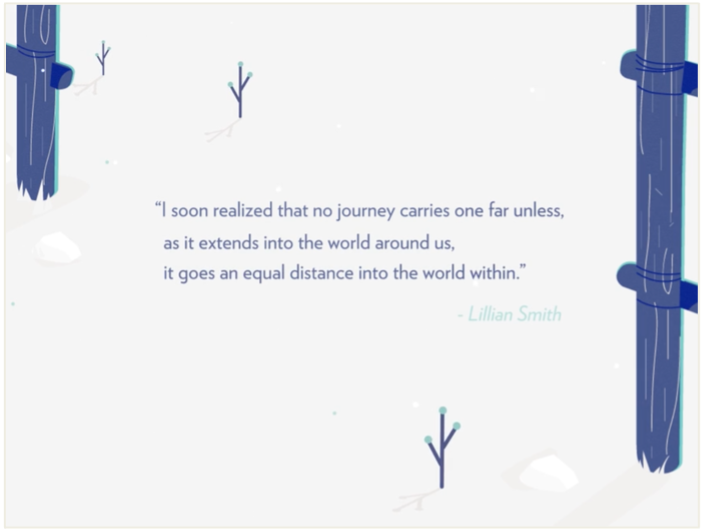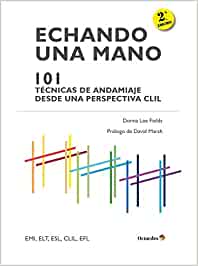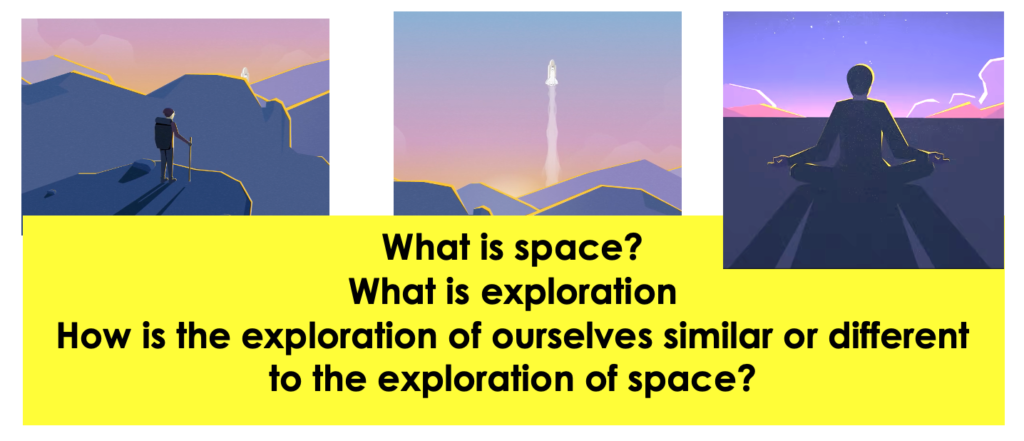
Download PDF of scaffold here.
theory behind scaffold…
The International Day of Human Space Flight (Yuri’s Night), celebrated on April 12th of every year, honours Russian cosmonaut Yuri Gagarin who, in 1961, when he orbited the Earth for two hours, became the first human to go into space.
Forty years later, in 2001, the United Nations voted to celebrate Yuri’s Night, which promotes public interest in space exploration and encourages young people to consider professions associated with space exploration and research. The day also aims to promote aspirations to explore and maintain outer space for peaceful purposes.
There is also the wider issue of whether space exploration merits the contamination caused by the machinery sent into space precisely because of the satellites sent to analyse and explore. It behooves us to examine the damage we’re causing in the universe in large part because of the consequences of the damage we’re causing to the Earth.
Let’s help students to consider the original motives behind space exploration – controlling direction and purpose of what is possible in space in the future. How important is that goal and is inner exploration more meaningful?
step by step…
Part 1:
- Ask students to discuss the following:
- What does the statement in the image mean?
- Define the word ‘exploration’.
- What is space?
- Where is space?
- What is space exploration?
- How important is the exploration of outer space to you?
- How important is the exploration of your internal beliefs to you?
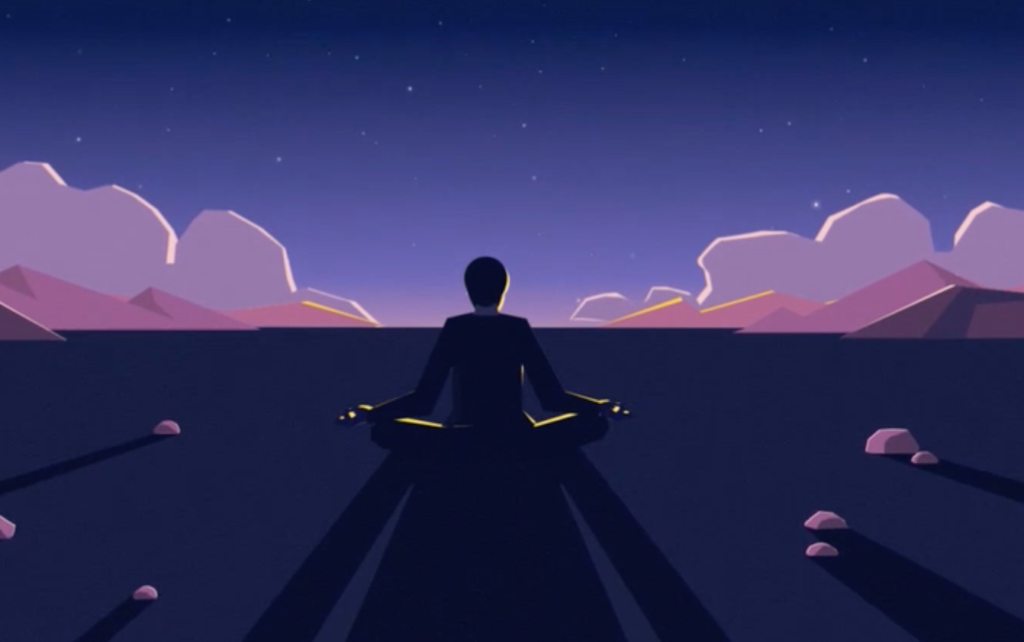
3. Watch video.
- Student consider how the video presents exploration.
- Part 2:
- Hand out the transcript for the second video.
- In groups (of 3) students read the transcript and find 4-6 images that elucidate the information.
- Groups share their images and explain why they are appropriate.
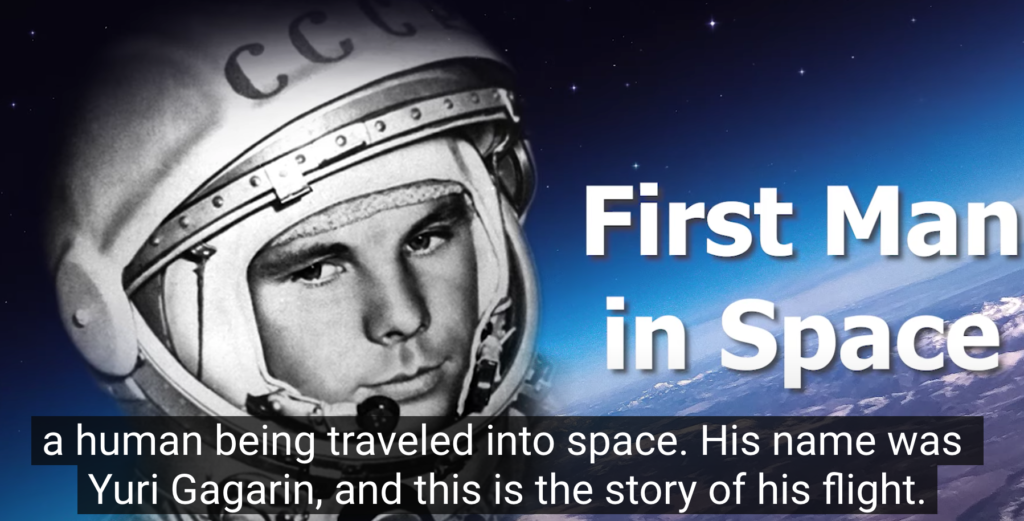
8. Watch video.
- Groups comment on which images – from their own group or others – helped them to understand the video more easily.
- Formative Evaluation/Reflection: In groups, students answer the following questions based on the Question Continuum.

- Would you like to work in the space industry in some capacity?
- Which parts of the spacecraft were not included in Yuri Gagarin’s flight?
- Who was the first person to orbit the Earth and from which country?
- When was the first space flight with a human passenger?
- Where is space?
- What does is mean to explore something?
- How do you think Yuri felt knowing that there was no escape plan on the ship?
- Why do animals have the desire to explore their environments?
- What if you won a two-month stay at a space camp, but it coincided with your end-of-the-year trip with your classmates. How could you participate in both?
find more scaffolds here…
Videos for all levels:
